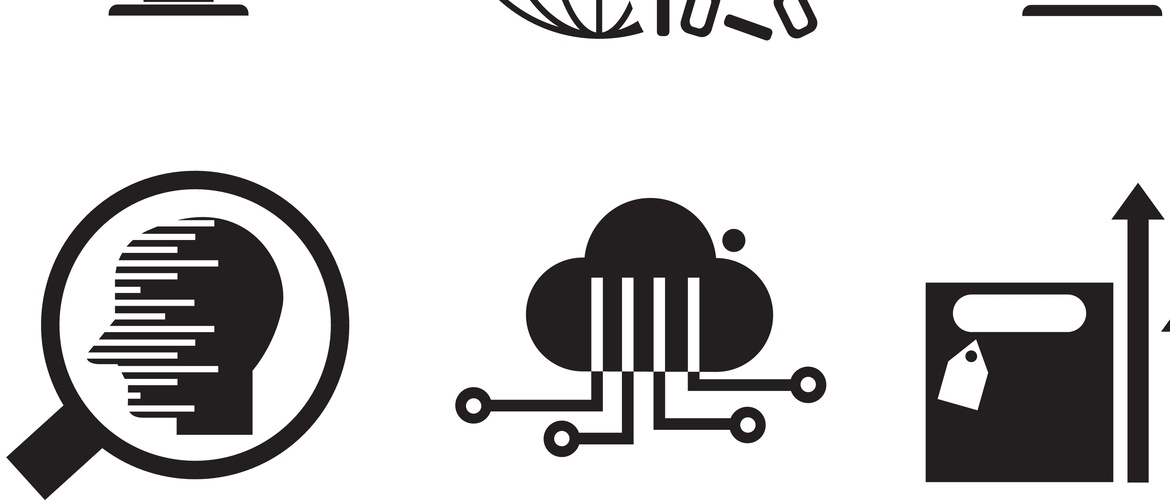
Choose a channel
Check out the different Progress in Mind content channels.

Progress in Mind

Longitudinal medical data of patients in healthcare databases may provide a better understanding of optimal management strategies for treatment-resistant schizophrenia (TRS) – but identification of TRS patients in these databases is challenging due to a lack of standardization and patient response information. An algorithm based on pharmacy usage patterns has therefore been developed to identify patients with TRS and applied to the Swedish PsykosR registry. This resulted in the identification of 455 patients with TRS. As expected, these patients were less likely to be studying or employed and had worse clinical and functional outcomes than patients with non-TRS. The study was presented in a poster at APA 2018.
Observational databases can inform optimal management strategies for TRS
Up to one-third of individuals with schizophrenia have TRS1–3 and experience persistent positive, negative and cognitive symptoms.4 The symptoms impair their quality of life and ability to carry out everyday activities,5 and lead to increased hospitalization and social service costs.5
TRS is defined as failure to respond to two trials of different antipsychotic (AP) therapies, one usually a second-generation AP, of adequate dose, duration and adherence.1,2
Examination of the longitudinal medical data of thousands of patients in large healthcare databases can increase understanding of TRS and optimal management strategies. However, identification of patients with TRS in such databases is challenging due to:
Proxies for non-response to medication, such as hospitalizations, have been used, but patient access to hospitalization can vary.
Examination of the longitudinal medical data of thousands of patients in large healthcare databases can increase understanding of TRS and optimal management strategies
An algorithm was developed and used to identify patients with TRS in the Swedish PsykosR registry – a population-based registry of 3343 patients with psychotic disorders aged between 18 and 45 years established in 2004. All newly diagnosed patients treated for schizophrenia since 2006 in the PsykosR registry were included in the study.
PsykosR contains Global Assessment of Function (GAF) scores, and through record linkage with other databases, provides information on prescription drugs and healthcare use and mortality. The mean duration of follow-up in the registry was 5 years from diagnosis.
AP treatment failure was defined as failure of at least two adequate (6–15 weeks) trials of two different APs of which at least one was a second-generation AP. The proxy for failure was:
Symptom and function GAF scores were consistently lower in patients with likely TRS
Application of the algorithm to the PsykosR registry resulted in the identification of 455 patients who had at least two treatment failures and likely had TRS. The mean time from diagnosis until TRS designation was 1.8 years; and TRS patients were less likely to be studying or employed than the non-TRS patients (p=0.0541).
During the follow-up period, 1252 subjects had at least one GAF measure, of which 181 met criteria for TRS. The symptom and function GAF scores were consistently lower – indicating poorer functioning – in patients with likely TRS compared to those with non-TRS. In a mixed effects regression model and with a 100 point scale the likely TRS patients had a:
The differences in symptom and function GAFs between TRS and non-TRS patients were not significantly associated with time since diagnosis of schizophrenia.
The prevalence of TRS could not be assessed because not all patients could be classified as TRS or non-TRS, but the results confirm the high burden of TRS in patients with schizophrenia.
Clinical characterization of TRS from future studies of the TRS patient subgroup identified by the algorithm in large databases promises to enable early identification and prompt treatment of TRS.